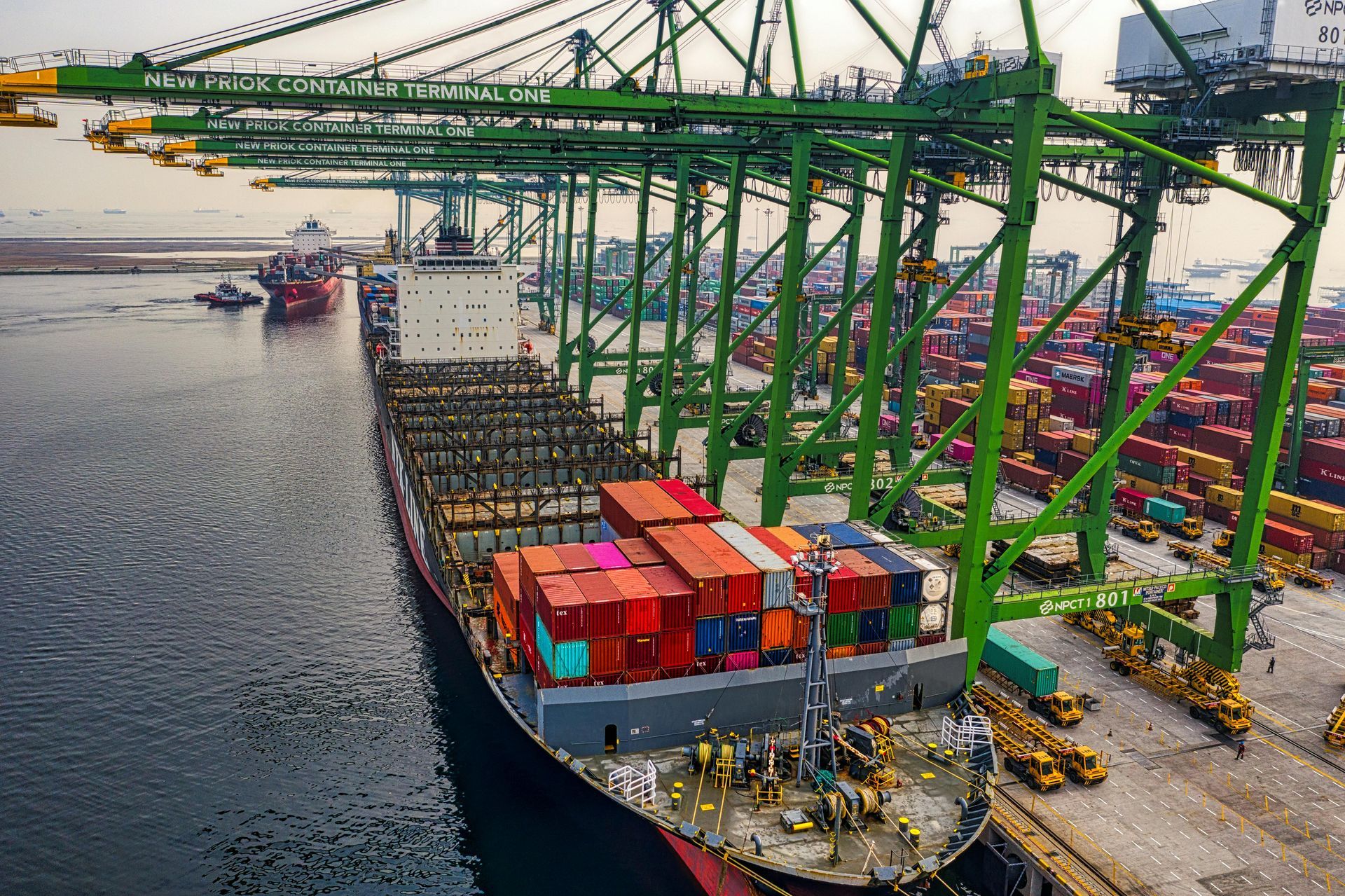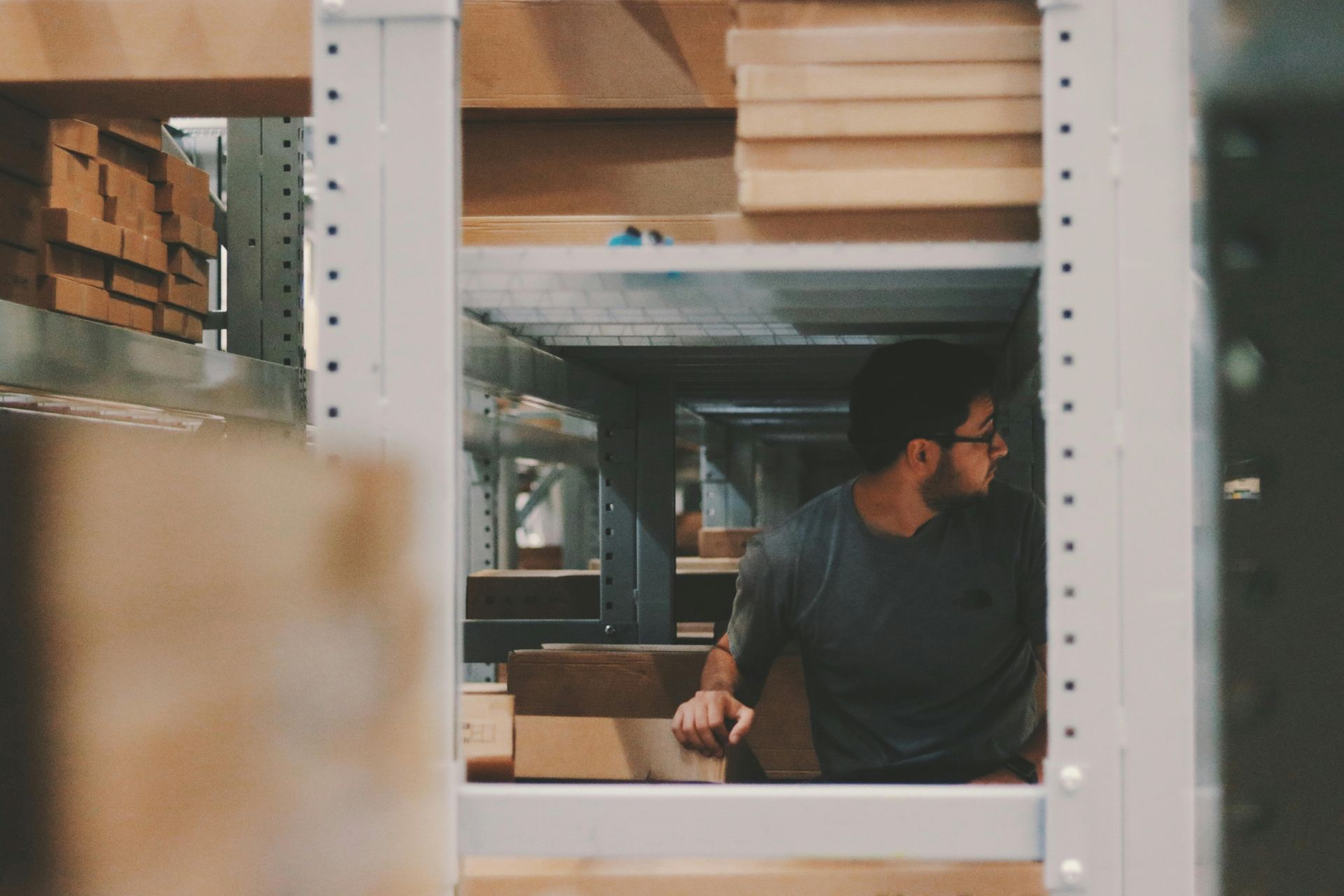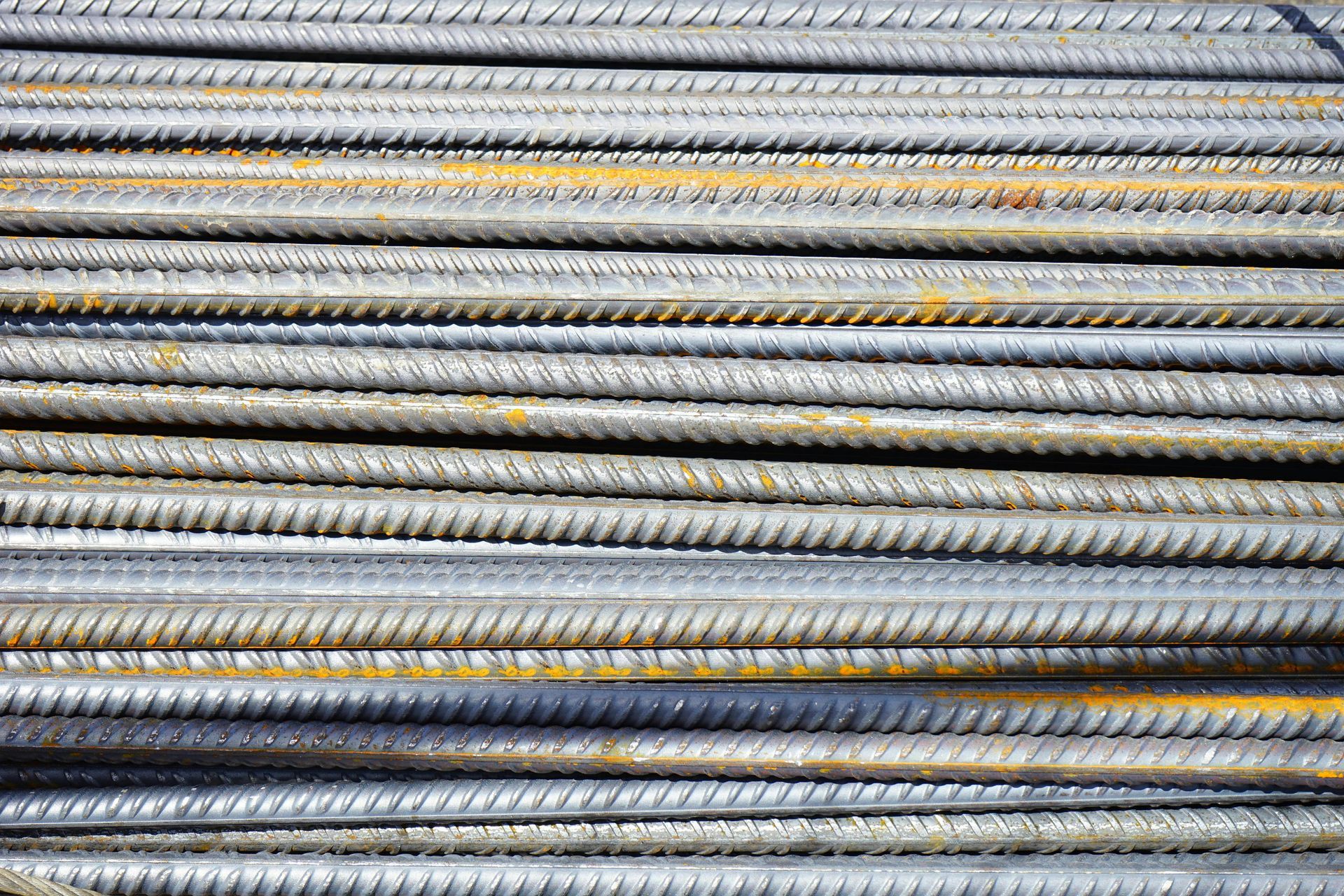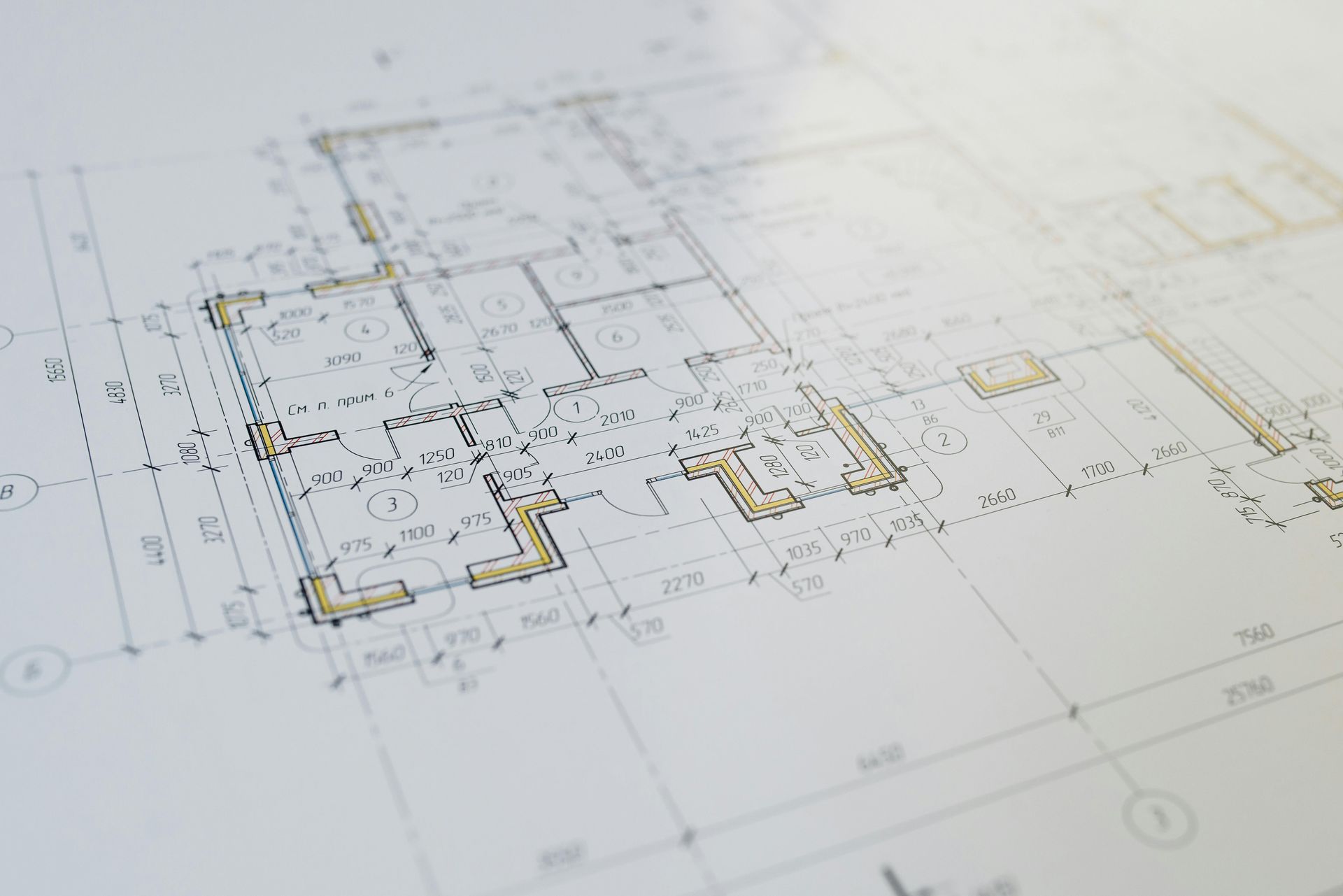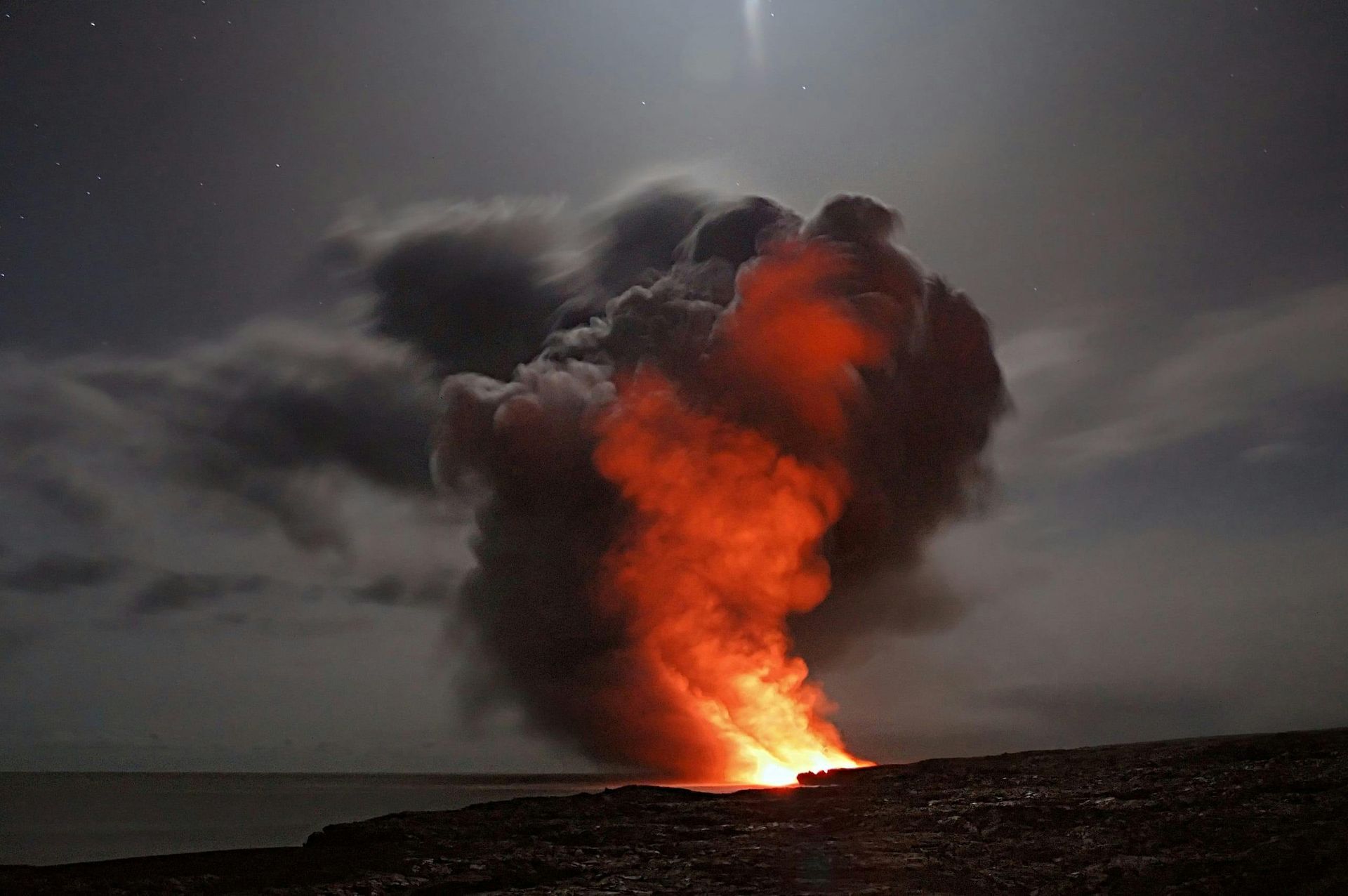Energy Storage Solutions in MDUs: Enhancing Sustainability and Resilience
Energy Storage Solutions in MDUs: Enhancing Sustainability and Resilience
As the world shifts towards renewable energy, energy storage solutions are becoming an increasingly important aspect of residential construction, especially for Multiple Dwelling Units (MDUs). Energy storage systems not only enhance sustainability but also improve the resilience of buildings, ensuring that residents have access to power during outages and making better use of renewable energy sources. For MDUs, incorporating energy storage technology can significantly reduce energy costs, improve grid independence, and increase the overall appeal of the building to eco-conscious residents.
In this blog post, we will explore the benefits of energy storage solutions in MDUs, discuss different types of energy storage technologies, and highlight how they can contribute to more sustainable and resilient urban living environments.
Benefits of Energy Storage in MDUs
Energy storage systems offer a wide range of benefits for MDUs, from reducing energy costs to enhancing energy resilience. Incorporating these systems can transform an MDU into a more sustainable and attractive option for modern residents.
- Lower Energy Costs: One of the primary benefits of energy storage systems is their ability to reduce energy costs. By storing excess energy during periods of low demand or when renewable energy generation is high, energy storage systems can supply power during peak demand times, when electricity prices are higher. This helps lower overall energy costs for both residents and property managers.
- Increased Energy Resilience: Energy storage solutions can also provide backup power during outages, enhancing the resilience of the building. This is especially important in areas prone to extreme weather events or grid instability. Having access to backup power can provide residents with peace of mind and ensure that essential services, such as lighting, refrigeration, and HVAC systems, remain operational during power interruptions.
- Better Utilization of Renewable Energy: Energy storage systems allow MDUs to maximize the use of renewable energy sources, such as solar power. By storing excess energy generated by solar panels, buildings can reduce their reliance on grid electricity and use clean energy even when the sun isn't shining. This contributes to a greener building and helps reduce the carbon footprint of the property.
- Peak Shaving and Load Management: Energy storage systems can be used for peak shaving, which involves reducing electricity use during peak demand periods. This not only helps lower energy bills but also reduces strain on the electrical grid. By managing energy loads more effectively, MDUs can contribute to a more stable and efficient grid, benefiting the wider community.
Types of Energy Storage Technologies
There are several types of energy storage technologies that can be used in MDUs, each with its own advantages and applications. Understanding these technologies can help developers choose the right solution for their building.
- Lithium-Ion Batteries: Lithium-ion batteries are one of the most popular energy storage options for residential buildings. They are known for their high energy density, long lifespan, and efficiency. Lithium-ion batteries are well-suited for storing solar energy and providing backup power during outages. Their compact size makes them a practical choice for MDUs, where space may be limited.
- Flow Batteries: Flow batteries are another type of energy storage technology that can be used in MDUs. These batteries use liquid electrolytes to store energy and are known for their scalability and long cycle life. Flow batteries are particularly useful for applications that require large-scale energy storage, such as MDUs with significant renewable energy generation capacity. Although they are bulkier than lithium-ion batteries, their ability to store large amounts of energy makes them an attractive option for buildings with high energy demands.
- Thermal Energy Storage: Thermal energy storage systems store energy in the form of heat or cold, which can then be used to regulate indoor temperatures. For example, ice storage systems can produce ice during off-peak hours and use it to cool the building during peak demand times. Thermal energy storage is a cost-effective way to manage HVAC loads and reduce energy consumption in MDUs, especially in buildings with high cooling demands.
- Hydrogen Storage: Hydrogen energy storage is an emerging technology that involves using excess electricity to produce hydrogen, which can then be stored and used as a fuel source. Although still in the early stages of adoption, hydrogen storage has the potential to provide long-term energy storage for MDUs, offering a clean and flexible solution for managing energy needs.
Integration with Renewable Energy Systems
Energy storage solutions are most effective when integrated with renewable energy systems, such as solar panels or wind turbines. By pairing energy storage with renewable energy generation, MDUs can reduce their reliance on grid electricity and create a more sustainable living environment.
- Solar Plus Storage: One of the most common applications of energy storage in MDUs is the integration of battery systems with solar panels. Solar panels generate electricity during the day, often producing more energy than is needed. By storing this excess energy in batteries, residents can use solar power even after the sun goes down, reducing their dependence on grid electricity and lowering utility bills. Solar plus storage systems can also provide backup power during outages, ensuring that residents have access to electricity when they need it most.
- Wind Energy Integration: Although less common in urban environments, wind turbines can also be integrated with energy storage systems to provide renewable energy for MDUs. Like solar panels, wind turbines can produce excess energy that can be stored for later use. By combining wind energy with battery storage, MDUs can create a more diverse and resilient energy supply.
- Microgrids: A microgrid is a localized energy system that can operate independently from the main electrical grid. By integrating renewable energy sources and energy storage systems, MDUs can create their own micro grids, providing a reliable and sustainable energy supply for residents. Micro grids are particularly useful in areas with unreliable grid infrastructure or frequent power outages, as they can ensure that residents have access to electricity even when the main grid is down.
Energy Management Systems for Optimal Efficiency
To maximize the benefits of energy storage solutions, MDUs can implement energy management systems (EMS) that monitor and optimize energy usage throughout the building. EMS can help property managers and residents make informed decisions about energy consumption, ensuring that energy storage systems are used as efficiently as possible.
- Real-Time Monitoring: Energy management systems provide real-time monitoring of energy generation, storage, and consumption. This data allows property managers to track energy usage patterns, identify inefficiencies, and make adjustments to optimize energy performance. Residents can also access this information to better understand their energy usage and make more sustainable choices.
- Automated Load Shifting: EMS can automatically shift energy loads based on real-time data, ensuring that stored energy is used during peak demand periods or when electricity prices are highest. By automating load shifting, EMS can help MDUs reduce energy costs and make the most of their energy storage systems.
- Demand Response Participation: Energy management systems can also enable MDUs to participate in demand response programs, which incentivize buildings to reduce energy consumption during peak demand periods. By using stored energy during these times, MDUs can reduce their reliance on grid electricity and contribute to a more stable electrical grid.
Incentives and Financing Options
Incorporating energy storage solutions into MDUs can be a significant investment, but there are various incentives and financing options available to help offset the costs. Understanding these options can make energy storage more accessible for developers and property managers.
- Tax Credits and Rebates: Many governments offer tax credits, rebates, and other financial incentives for installing energy storage systems, particularly when paired with renewable energy generation. These incentives can significantly reduce the upfront costs of energy storage systems, making them more affordable for MDUs.
- Utility Incentives: Some utility companies offer incentives for buildings that install energy storage systems or participate in demand response programs. These incentives can include cash rebates, reduced energy rates, or payments for providing grid support during peak demand periods.
- Financing Programs: There are also financing programs available that can help cover the cost of energy storage systems. Property managers can explore options such as energy efficiency loans, green bonds, or power purchase agreements (PPAs) to finance the installation of energy storage systems and spread the cost over time.
Building a Sustainable Future with Energy Storage Solutions
Energy storage solutions are an essential component of creating sustainable and resilient MDUs. By incorporating technologies such as lithium-ion batteries, flow batteries, and thermal energy storage, developers can enhance the energy efficiency of their buildings, reduce energy costs, and provide reliable backup power for residents. When integrated with renewable energy systems, energy storage can help MDUs reduce their reliance on grid electricity and create a greener living environment.
Energy management systems and participation in demand response programs further enhance the benefits of energy storage, ensuring that energy is used as efficiently as possible. With the availability of incentives and financing options, energy storage solutions are becoming more accessible for MDUs, making it easier for developers to create sustainable and attractive living spaces for modern urban residents.
As the demand for sustainable living options continues to grow, energy storage solutions will play a key role in shaping the future of MDUs. By prioritizing energy storage and renewable energy integration, developers can create MDUs that not only meet the needs of today's residents but also contribute to a cleaner, more sustainable future for everyone.
